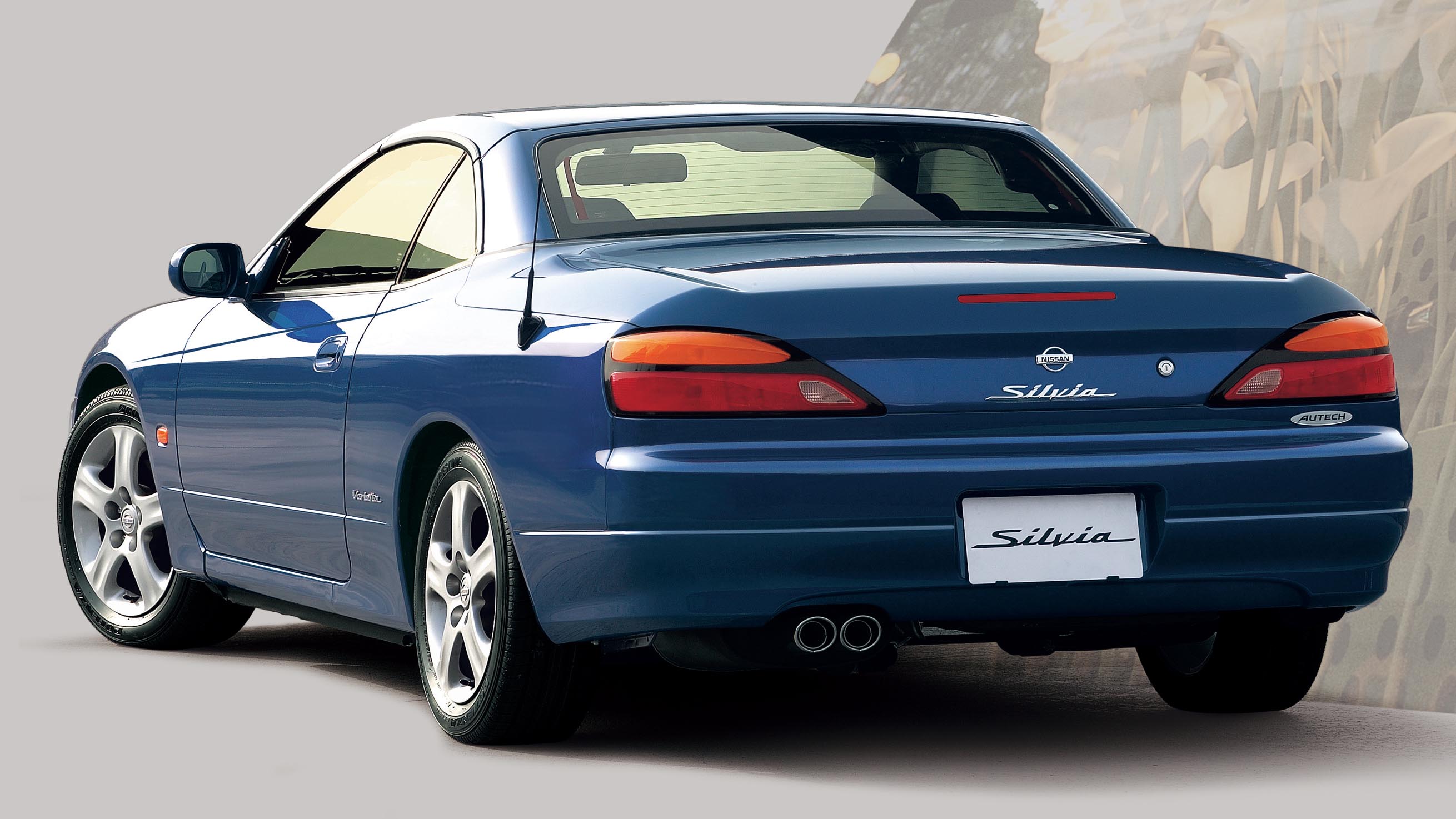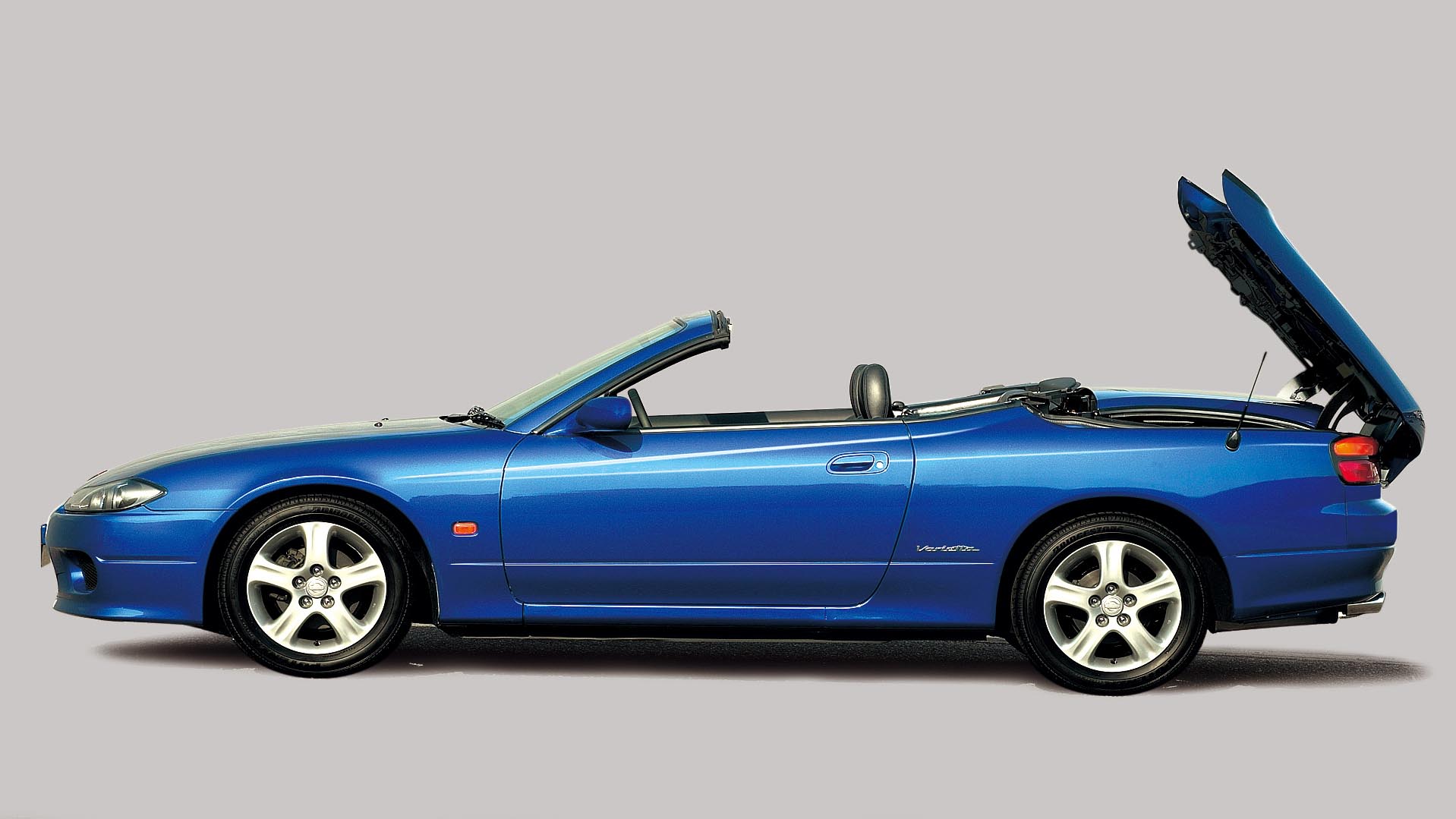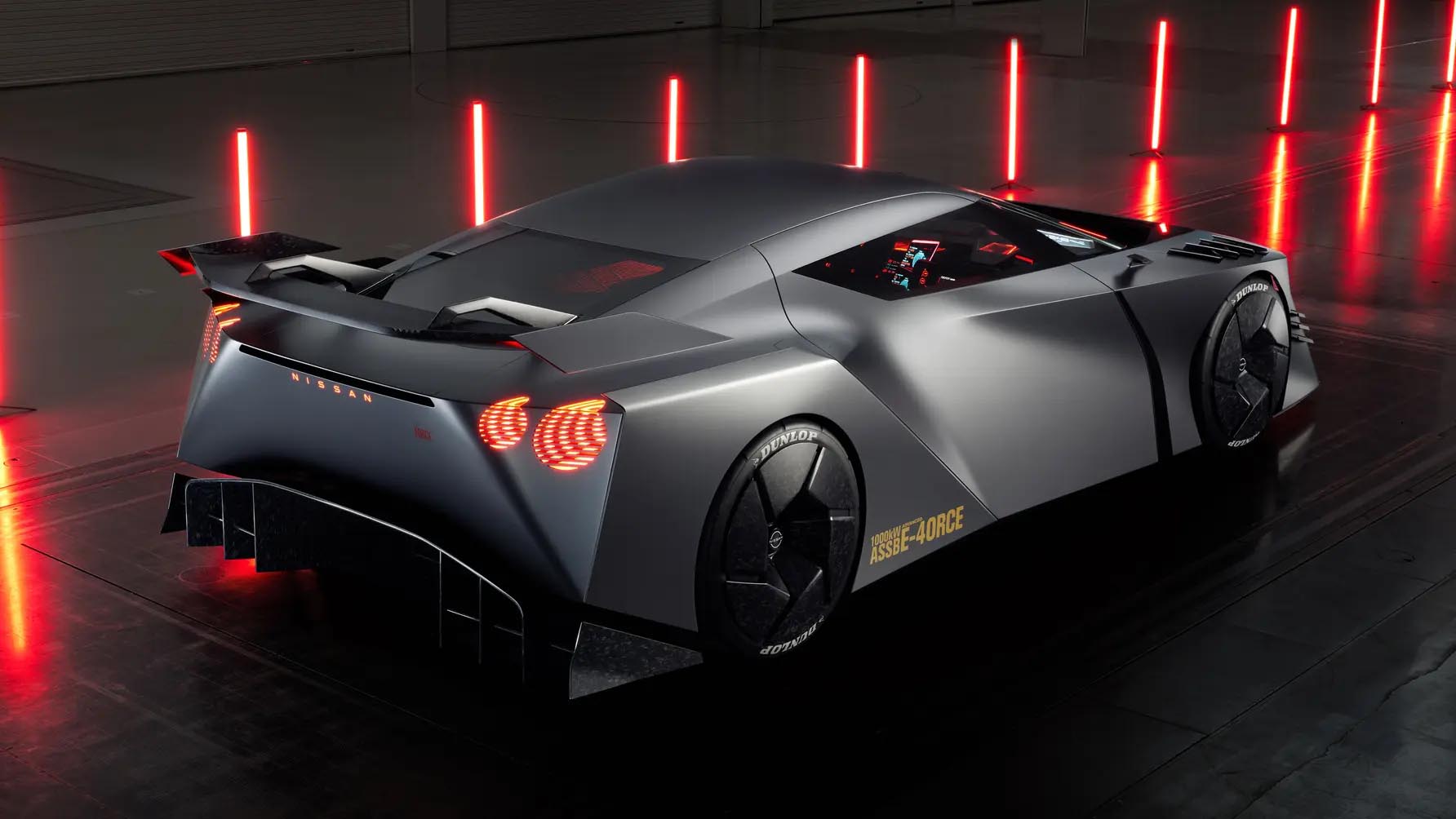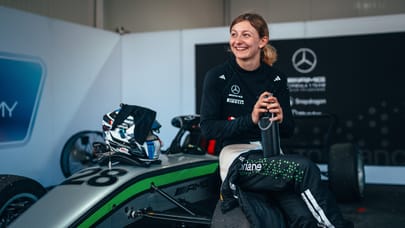
Nissan’s global product boss says a new Silvia *could* be on the horizon
Plus: plans for a future solid-state battery-powered hypercar, hydrogen powertrains and what we can expect from the Nismo brand
With the release of the new Ariya Nismo and as many as 35 other projects being worked on, it’s safe to say Nissan is keeping its employees somewhat busy right now. None more so than its vice president of global product strategy, Ivan Espinosa, and he’s got plenty to say. Let’s jump right in.
TG: What can Nissan do to distinguish its EVs where performance and dynamics are concerned?
IE: There are a bunch of things: one being the e-4ORCE system, of which a ‘reduced’ version will be put into the Ariya Nismo. We leveraged a lot of lessons from the GT-R to put into EVs and capitalise on all the learnings. We had mechanical engineers explaining to software engineers how to tune and set things up, which is just one example of how we can bring things from the past into the future.
Nowadays, everyone is focusing on acceleration and 0-60 times, and for me, that’s easy to do with EVs. The difficult thing, because of the weight, is cornering speeds, and finding the right balance. This is where I want to focus our energy. One building block is the battery and the other is traction, and how we can convert all that power into the wheels. Not only efficiently but in a smooth and controlled way.
And how could this be furthered in a potential electric hypercar?
An electric hypercar is a difficult thing to do. First, we need to get the batteries to the level where we can package them properly because they’re super low, so you need very high density. A lot of kilowatts in the battery, not only for the power generation but also for the weight. It’s the main challenge we’re facing to create this sort of car.
The technology is certainly there, and with the very first all-solid-state batteries scheduled for 2028, I’m hopeful that we can start seeing them applied to some sort of hyper-EV. Once the battery is ready, we can develop around that very easily, but the challenge today is just getting it complete. We would rather spend a good amount of time building something people can really use.
What are your thoughts on customisation culture with electric vehicles?
We could offer some sort of customisation through our Nismo arm, with packages or tunings that you can purchase through software. There are also interesting things that we could bridge by using autonomous technology. I know, people like to drive cars, especially when it involves racing, but we could also use this technology to make them better drivers and improve their lap times.
What are your thoughts about taking EVs to the track?
I’ve seen some customers already doing it in North America. And it’s funny because a lot of people come around and are curious about how they behave. So I think as customers learn more about EVs, and as soon as customers get their hands on a really good EV that’s properly tuned for the track, they’ll find it super fun.
The acceleration out of a corner is far quicker than combustion-engined cars, and the level of control is much higher. With a GT-R this could be a good thing since it’s a car that’s easy to drive on track because of the systems it has, and you can deliver that same experience with an EV. The response times are quicker and the level of precision is higher. So I think when customers discover this, they’ll be interested.
Is hydrogen something Nissan is considering for the future?
It’s an interesting proposition, but the availability and infrastructure are quite limited. The choice of electric power is already everywhere. Also, creating the infrastructure for hydrogen is not only expensive but also a bit dangerous, because you’re dealing with unstable things.
I do think there’s potential for hydrogen within a fixed route. Maybe cars used for delivery services that need to go back to a fixed beacon, where you can have the infrastructure in place. For commercial vehicles, taxis and so on, there could be potential. But for regular consumers, we don’t see this potential which is why we went electric.
Top Gear
Newsletter
Thank you for subscribing to our newsletter. Look out for your regular round-up of news, reviews and offers in your inbox.
Get all the latest news, reviews and exclusives, direct to your inbox.
Let’s flip the script and imagine synthetic fuels develop positively - does it throw a spanner into the works?
I think electrification will continue, maybe the question would then be towards at what speed it will continue. In our plan and arc, I laid down a balanced portfolio. Regionally, we were thinking of going battery-electric vehicles all the way, but some governments have started to reconsider the measures that are being put in place. If we see governments and customers are slowing down, we have flexibility.
Can you imagine building a cheaper sports car to act as a stepping stone for younger customers?
A far-fetched idea would be something like a new Silvia positioned (beneath the GT-R) with good enough power at the right price that customers find attractive. And there’s a lot of Silvia fans everywhere. As soon as I say the name, people start nodding. This is my dream.
And how likely is it that we’ll see a next-generation Silvia someday?
The chances are there, but in the end, it’s a business, so I need to find ways to make this sort of proposal interesting to the company. Sometimes cars like this do struggle a bit because the audience isn’t that big, but it can work if we find the right idea that can be run everywhere in the world.
We cannot do these products regionally or as one-offs because it just doesn’t make sense. But there is a chance. It’ll be a challenge, but it’s my job to find ways to do stuff like this because I think it’ll be great for customers and the brand, and if I can put the right formula in place we could make it work.
Trending this week
- Car Review
BMW 1 Series










